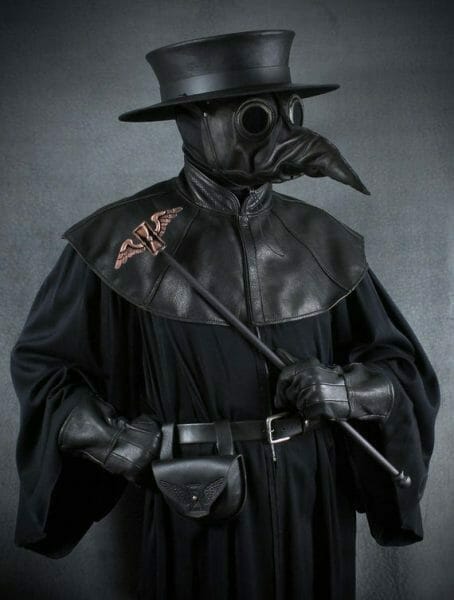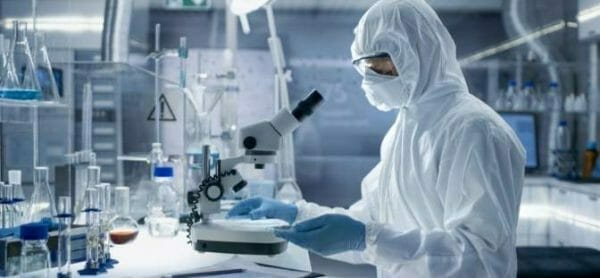The history of humanity is the history of disease.
We’ve mostly bumbled around from plague to plague, blind-sided and punch drunk by the ferocity of our unseen foe. Mostly, to continue the boxing analogy, we had to wait out the bell to survive the round. Then we’d amble back bloody and battered to our corner and come out swinging at our unseen foe, who fought with a style that flummoxed us for thousands of years.
It’s no wonder.
What good are prayer beads against the depredations of the yersinia pestis – the nefarious bacterium responsible for the pneumonic, bubonic and septicemic plagues that have been with humanity since prehistoric times?
It’s only really been in the past two-hundred and some years that we’ve started to recognize the patterns in our foe, aided of course, by advances in science and technology. We’ve traded in religious notions of divine admonishment for the more evidence-based approaches of science, and in return, started to turn the tide of the fight against disease.
Now Sona Nanotech’s (SONA.C) COVID-19 antigen test’s laboratory validation studies have proven to have a test sensitivity of 96%. In short, rapid, field antigen tests can help reduce the spread of COVID-19 by detecting the virus earlier. The tests collect samples from the back of the nose and throat, which are then placed in a solution. After which, blue coloured lines indicate a positive and one line means a negative. Yes, like the world’s worst pregnancy test.
“These excellent performance results are underpinned by our unique nanorod technology and completes a further milestone achieved for Sona along our path to bring a quality rapid test to market at scale. This will allow expansion of testing by governments, help ease the burden on health care systems, keep health care workers safe by allowing them to know their status on a daily basis and assist in softening restrictions by providing a quick and simple means to screen individuals. Our team have worked tirelessly to bring this product to this point in a record time and my thanks goes out to all involved in progressing the test this far,” said Darren Rowles, chief executive officer of Sona Nanotech.
More specifically, MRIGlobal, which the company hired earlier this year for this purpose, has used Sona’s tests and narrowed the time of detection where viral loads are low to within 10 to 15 minutes. For comparison, the old method (called reverse transcription polymerase chain reaction testing, if you’re curious) took a day or two to detect the disease.
As the pandemic pushes on and our understanding of COVID-19 develops, regulators have paid more attention to clinical, in-field evaluations of rapid tests to ensure they can be used reliably and with confidence. After they do their due diligence with both MRIGlobal and the FDA, Sona intends to start their own clinical, in-field evaluation studies to acquire the data to support a submission to Health Canada and the FDA for approvals for an emergency-use authorization designation.
One of the prevailing questions surrounding the progress of COVID-19 is just how closely it’s going to cleave to the path hewn by its Spanish Flu ancestor. The first wave of the Spanish Flu, you’ll remember, differed little in terms of fatality rate than the seasonal flu while presenting with the same characteristics (cytokine storm, for example). The second wave was where the death-toll escalated, and the numbers owe not only to the disease itself, but the response to it, including the historical and circumstances of scientific advancement.
Here is where we’ll deviate from the past. We haven’t just exited-stage-left from a massively catastrophic war, and as has been demonstrated, our science is better. We’re more prepared.
Sales of the tests are limited to research-use only until the company gets full regulatory authority, in relevant territories, and then the company will lift the label. Technology transfer to manufacturers is presently happening to make more tests to meet both present and future demand.
Ring that bell. The next round is about to begin.
—Joseph Morton





